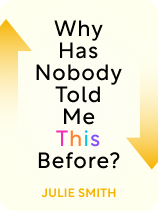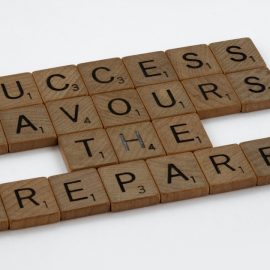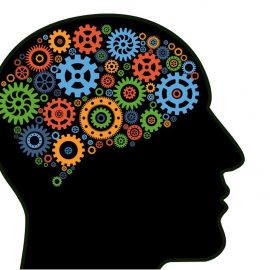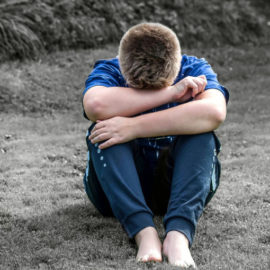

This article is an excerpt from the Shortform book guide to "Why Has Nobody Told Me This Before?" by Julie Smith. Shortform has the world's best summaries and analyses of books you should be reading.
Like this article? Sign up for a free trial here.
What exactly are moods? Are you frequently stuck in a low mood, even when the situation doesn’t call for it? Is there a way to shift out of a low mood without going to therapy?
Dr. Julie Smith writes that you can understand your moods and assert control over them to a large degree. Depression and sadness don’t necessarily warrant formal therapy. She offers several insights and tips for elevating your outlook in her book Why Has Nobody Told Me This Before?
Read more to get some self-help for low mood conditions.
Self-Help for Low Mood
There’s a common misconception that, if you have frequent low moods such as depression and sadness, they’re an inherent aspect of your personality, a character flaw, or even a neurological issue. However, Smith explains that, like other emotions, moods aren’t fixed components of our identity—they’re fluctuating sensations in our bodies and minds. Both internal and external factors influence low moods, and understanding these influences empowers us to address the factors we can control and thus steer our emotional well-being in a more positive direction.
Smith explains that low moods aren’t generated solely by your brain or experienced exclusively in your head—your physical state, relationships, history, current circumstances, environment, and lifestyle (diet, exercise, sleep, and so on) all contribute. She offers several self-help for low mood tips to help you shift into a higher mood.
(Shortform note: In Lost Connections, Johann Hari explains that, historically, low moods like depression have been understood through a medical model that points to chemical imbalances in the brain as the cause. However, while biological factors like genetics and chemicals in the brain do play a role in low moods and depression, experts now understand they aren’t the only cause. Hari says that a model called the biopsychosocial model, which includes a person’s biology, history, and environment, is a more accurate way of understanding the root causes of low mood and depression.)
How to Shift Out of Low Mood
Smith describes how a vicious cycle keeps us stuck in low moods: Our moods impact our thoughts, which impact our actions, which impact our physical health, which further brings down our moods. To stop this cycle, Smith advises paying attention to your physical state, your thought patterns, your actions, and your human connections.
Your physical state: Low moods can be exacerbated by fatigue, hunger, insufficient exercise, poor nutrition, and an imbalance in our routines. Work to improve physical factors before addressing things like your thoughts and behaviors.
Your thought patterns: Negative thought patterns, particularly self-critical and repetitive ones, can cause low moods. Smith recommends cultivating self-compassion to help reduce and change negative thought patterns. To tap into self-compassion, ask yourself how you would respond to someone you love who was going through the same things and then respond to yourself in the same way. You can also cut negative thought patterns off by adjusting your physical state—for example, by changing your environment or body position or even raising your hand and telling yourself, “Stop.”
Your actions: Our actions feed our body and brain information about how to feel. When we experience low moods, we often avoid activities that could improve how we feel, and we tend to make short-term choices that ultimately worsen our long-term emotional state. Smith writes that, to change your habits and behavior, you should change just a few things at a time. Don’t push yourself to improve too many things at once.
Connection with others: Having positive connections with other people can have a huge positive impact on our mental well-being. Isolation can then perpetuate and exacerbate feelings of low mood and depression. Thus, Smith advises that, instead of waiting until you feel like socializing, try to make time to be around others even when you don’t feel like it.

———End of Preview———
Like what you just read? Read the rest of the world's best book summary and analysis of Julie Smith's "Why Has Nobody Told Me This Before?" at Shortform.
Here's what you'll find in our full Why Has Nobody Told Me This Before? summary:
- Practical tips for managing difficult emotions and thoughts
- Why self-compassion is key to mental health and how you can cultivate it
- How to change your relationship with failure






